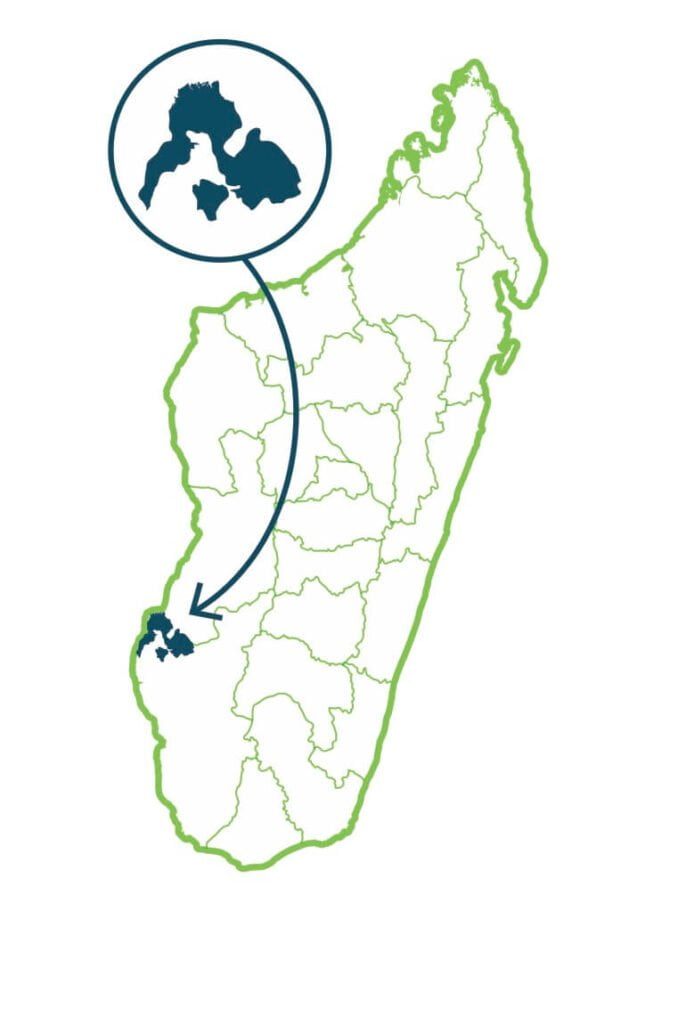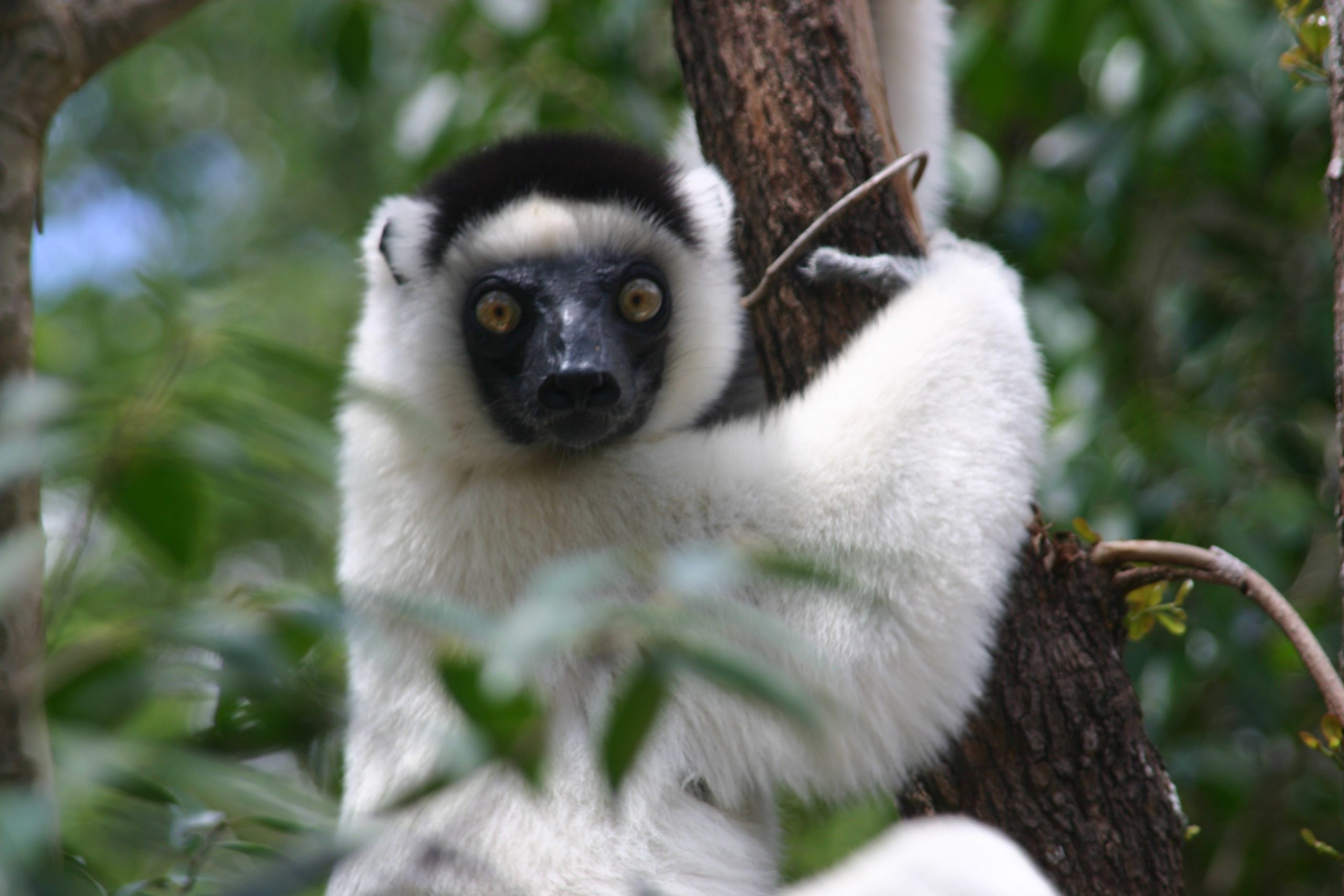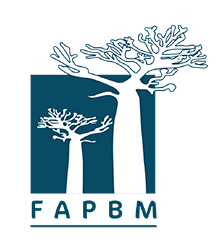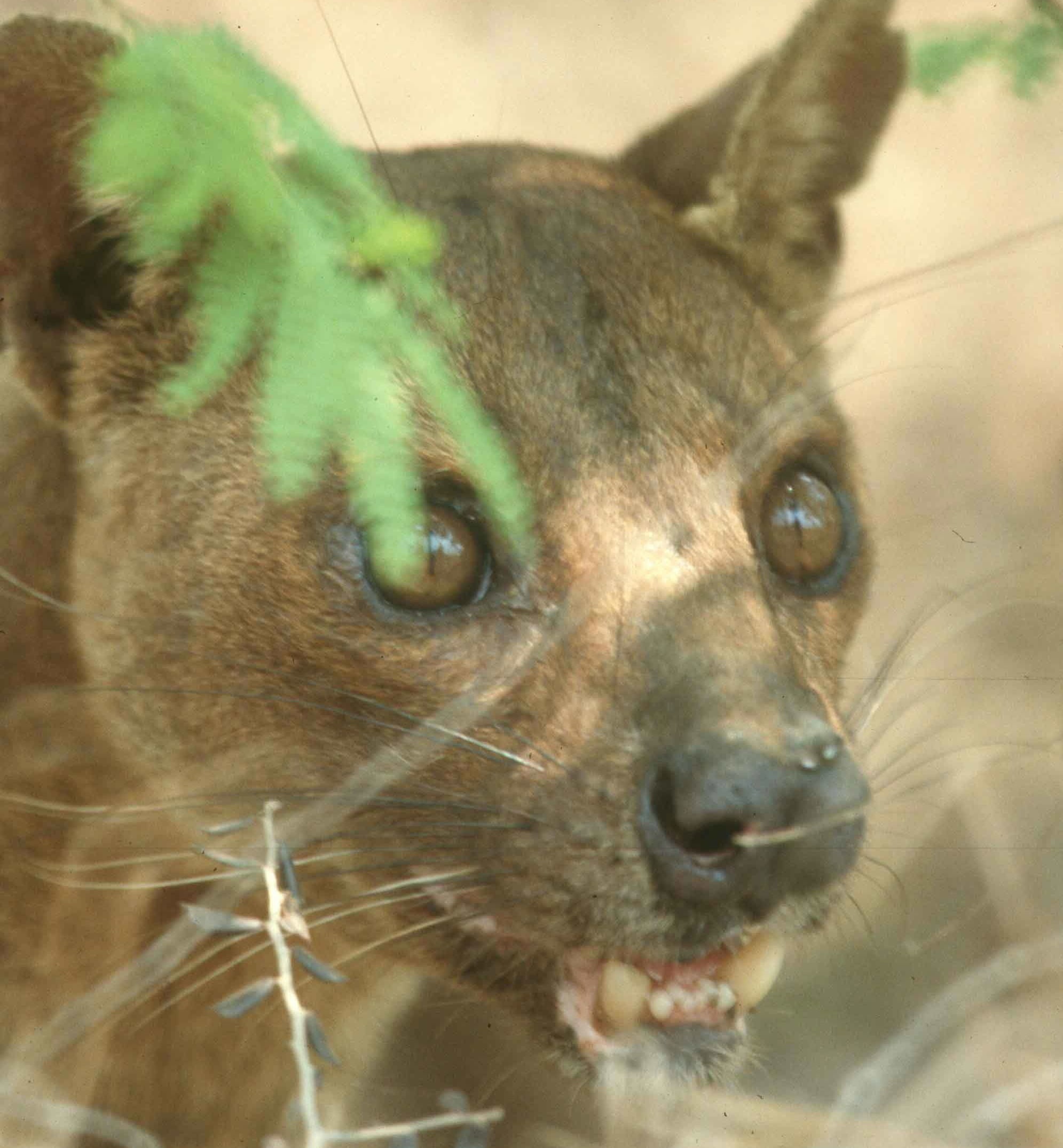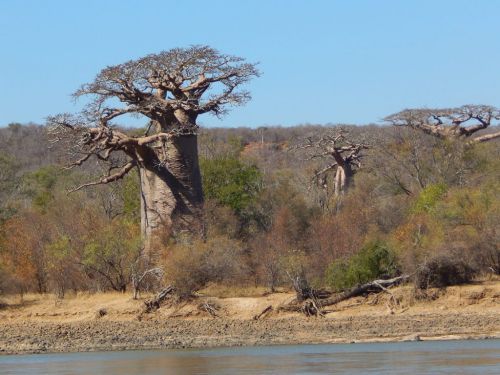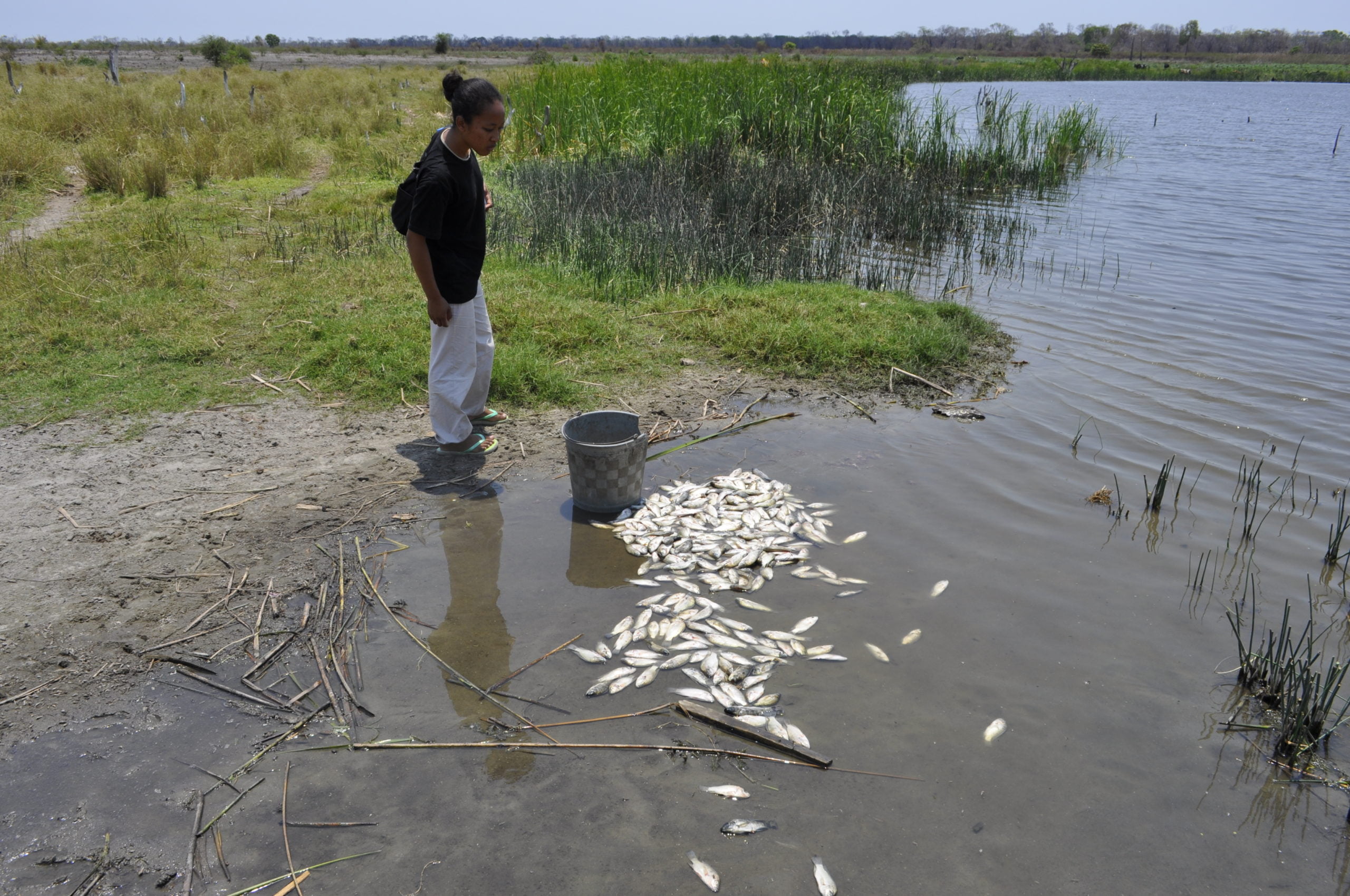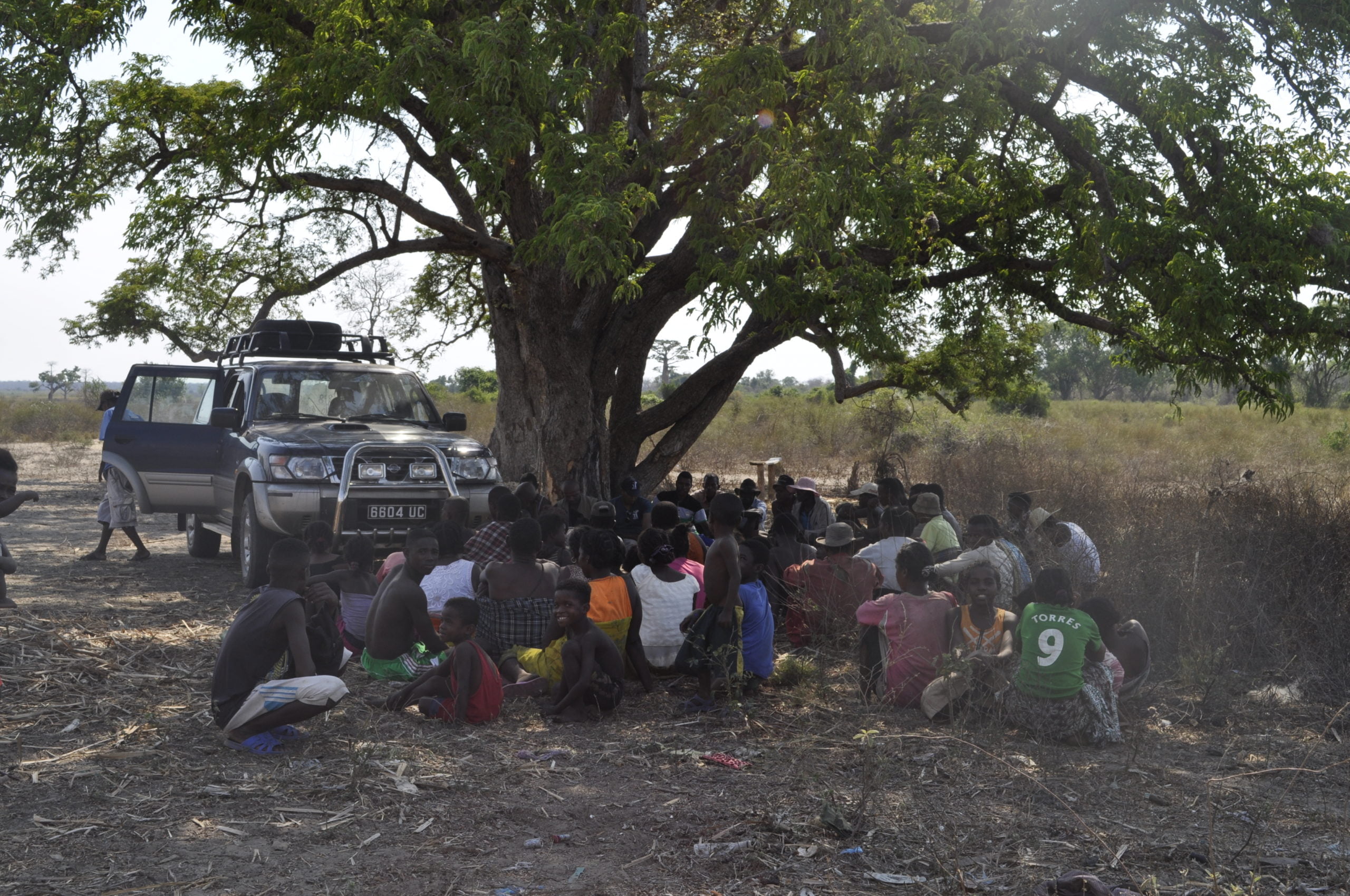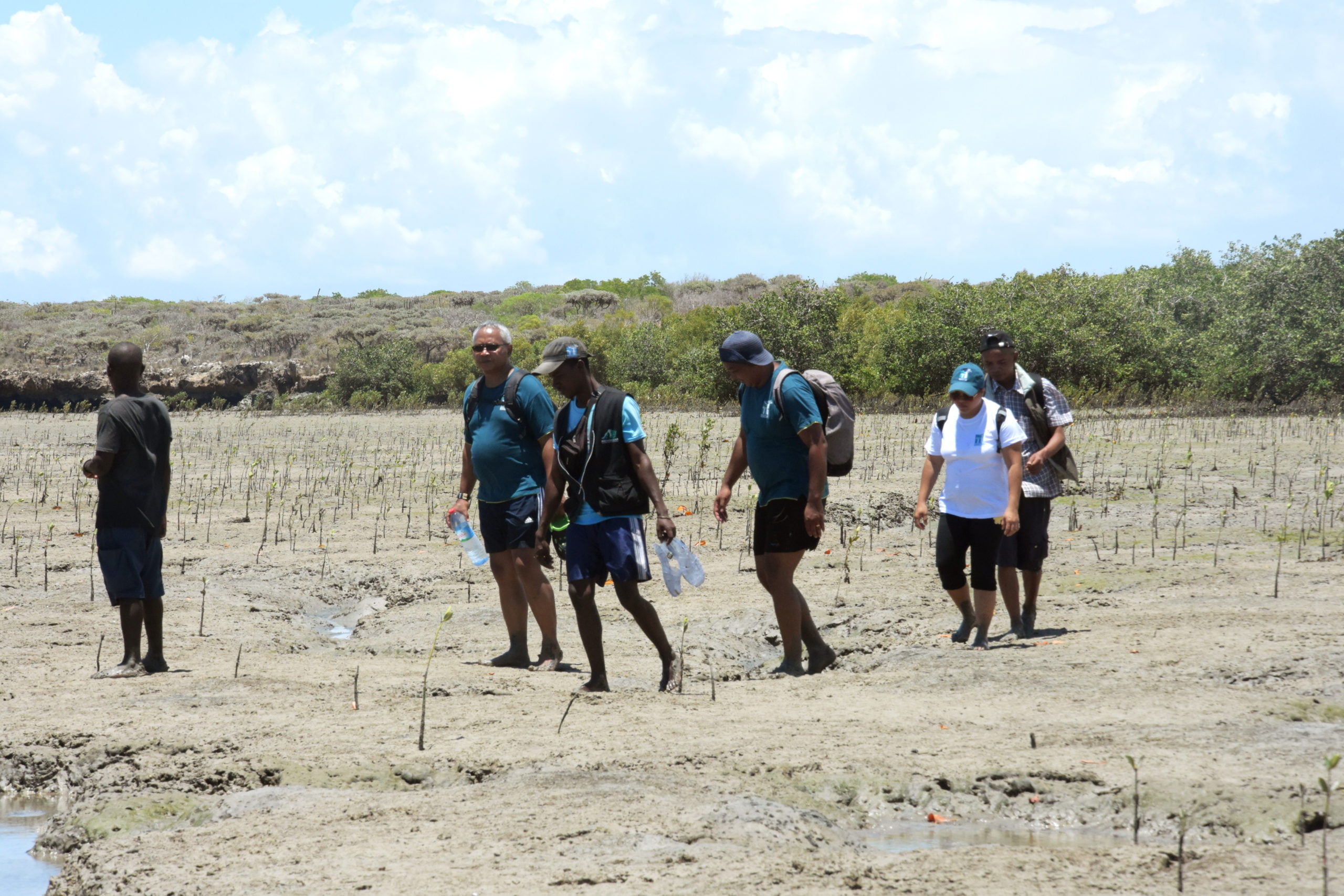Flagship Species
CMI comprises different types of ecosystems typical of this ecoregion of western Madagascar: dense semi-deciduous dry forests, large lakes (Ihotry and satellite lakes), large areas of mangroves and a marine park. This complex also shelters a baobab forest.
The fauna and flora are very rich in endemic species, particularly water birds.
